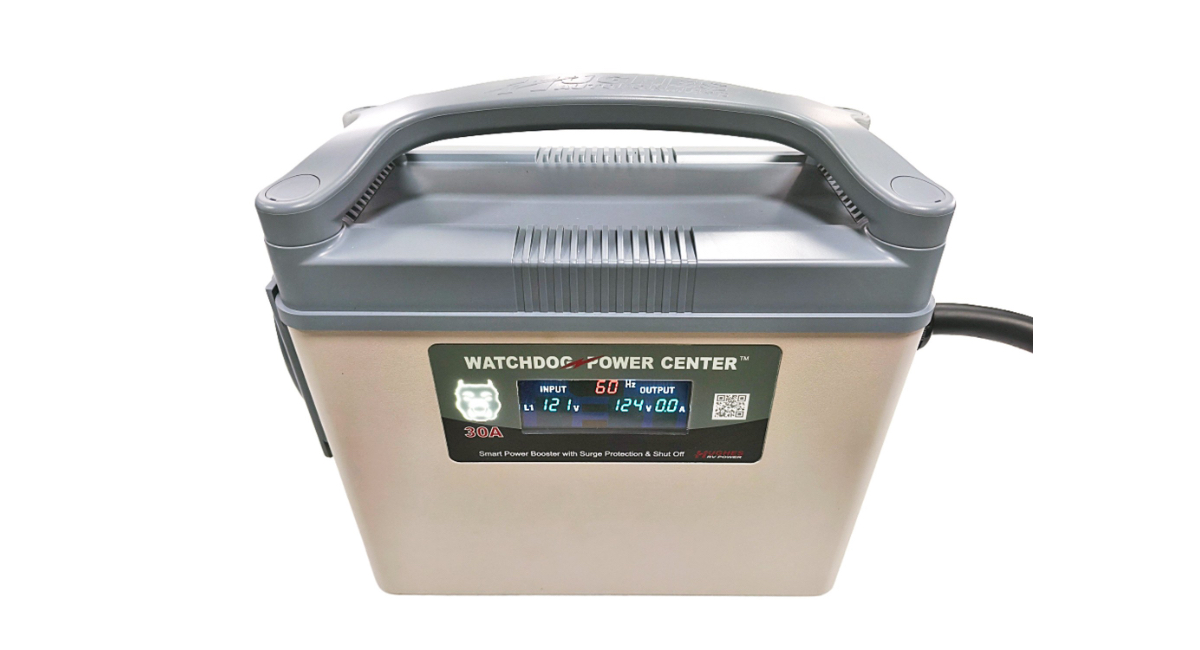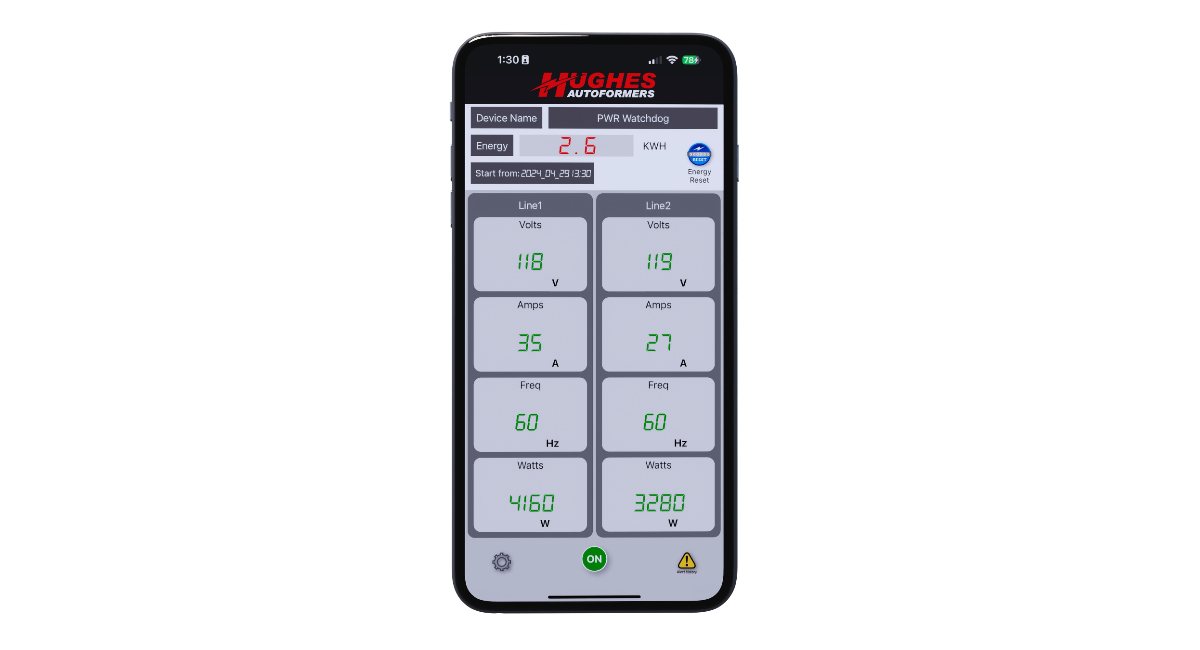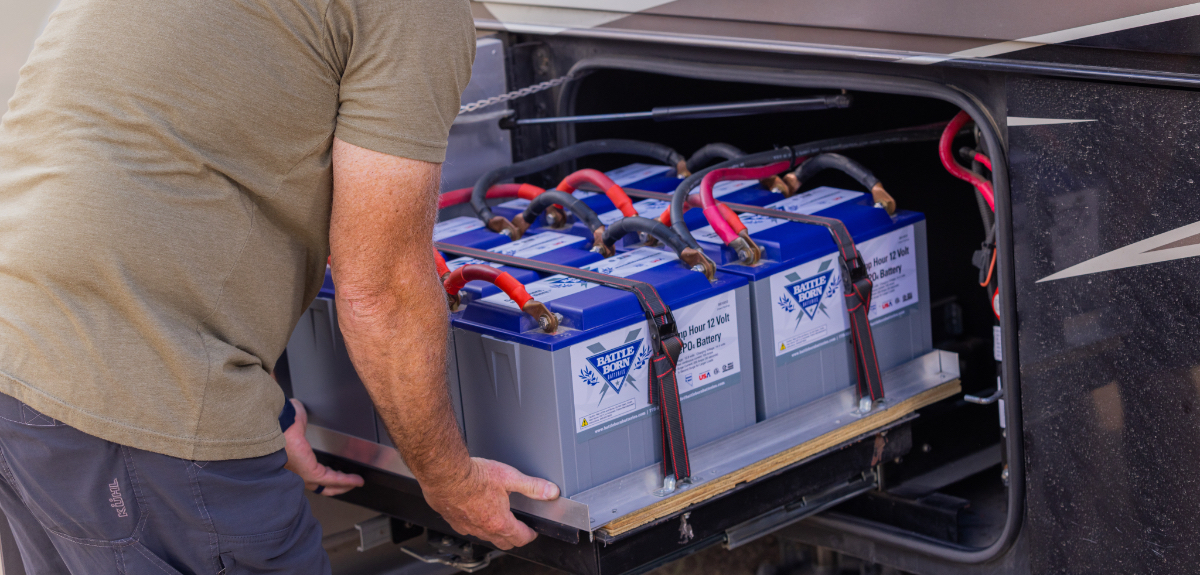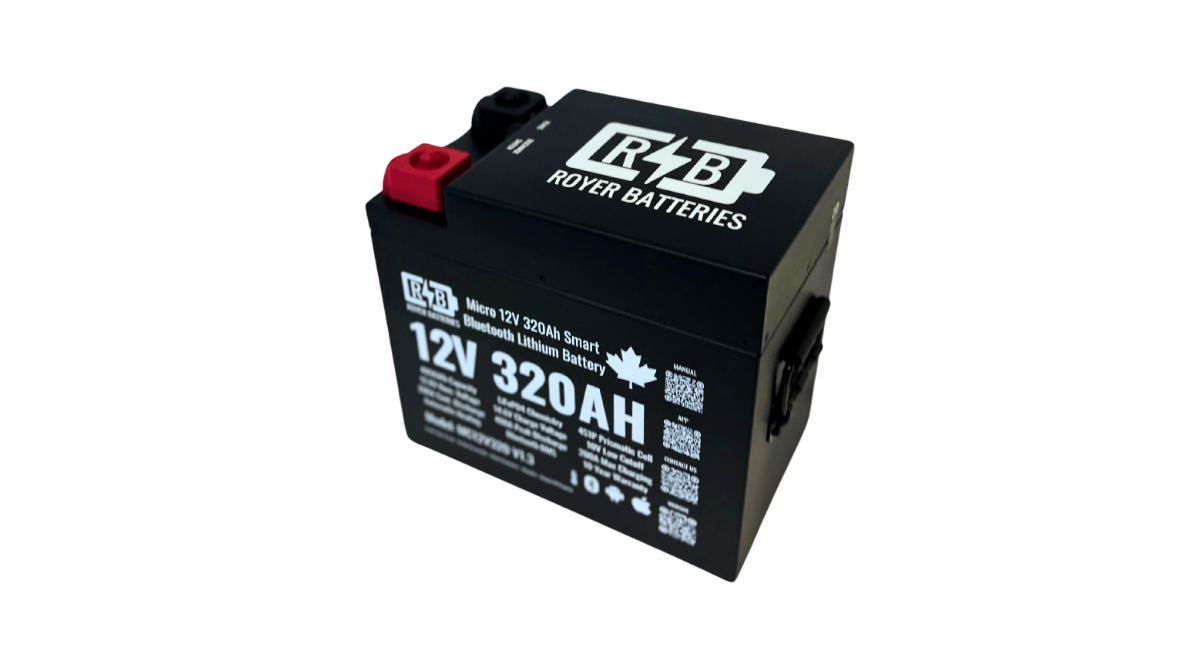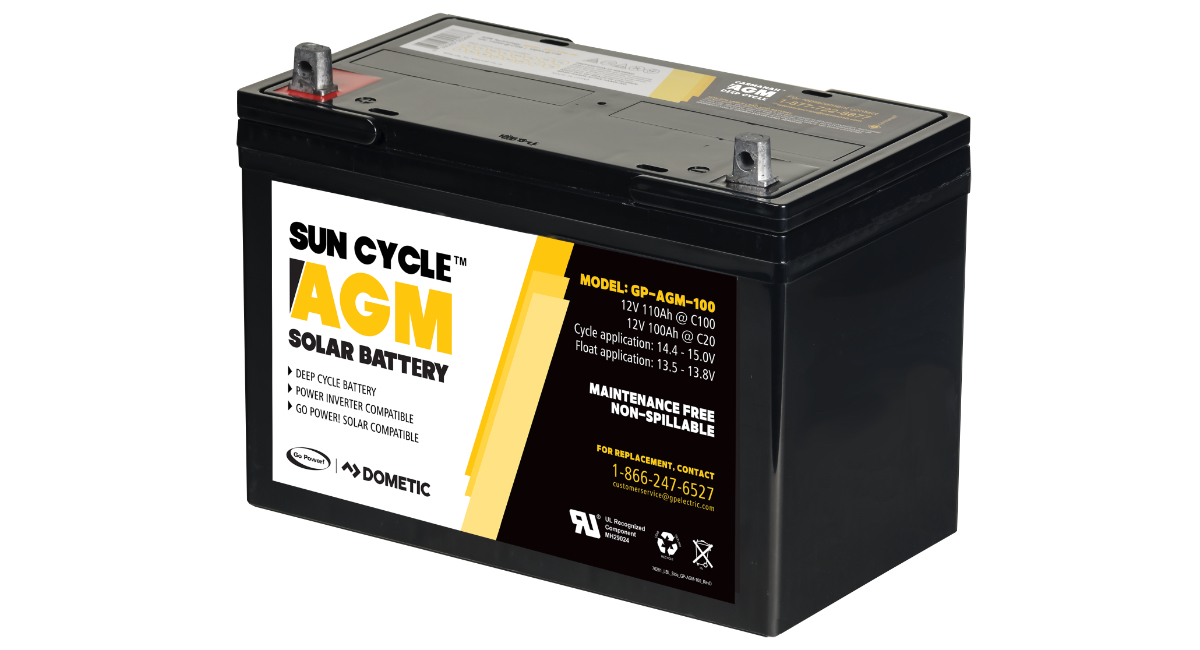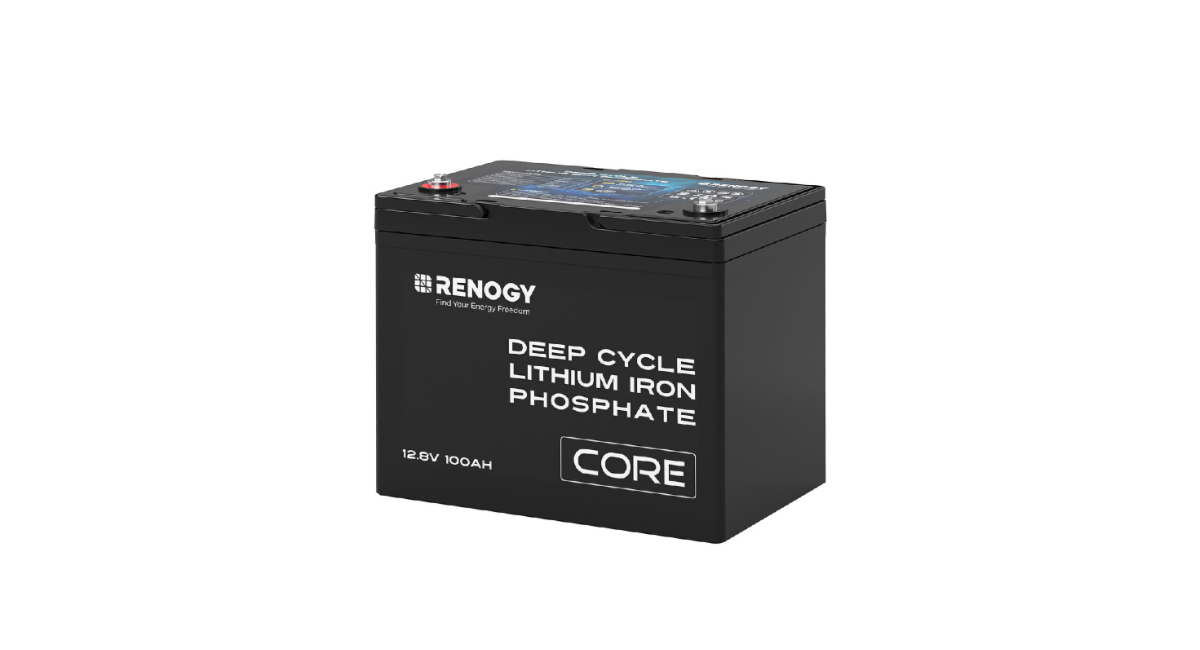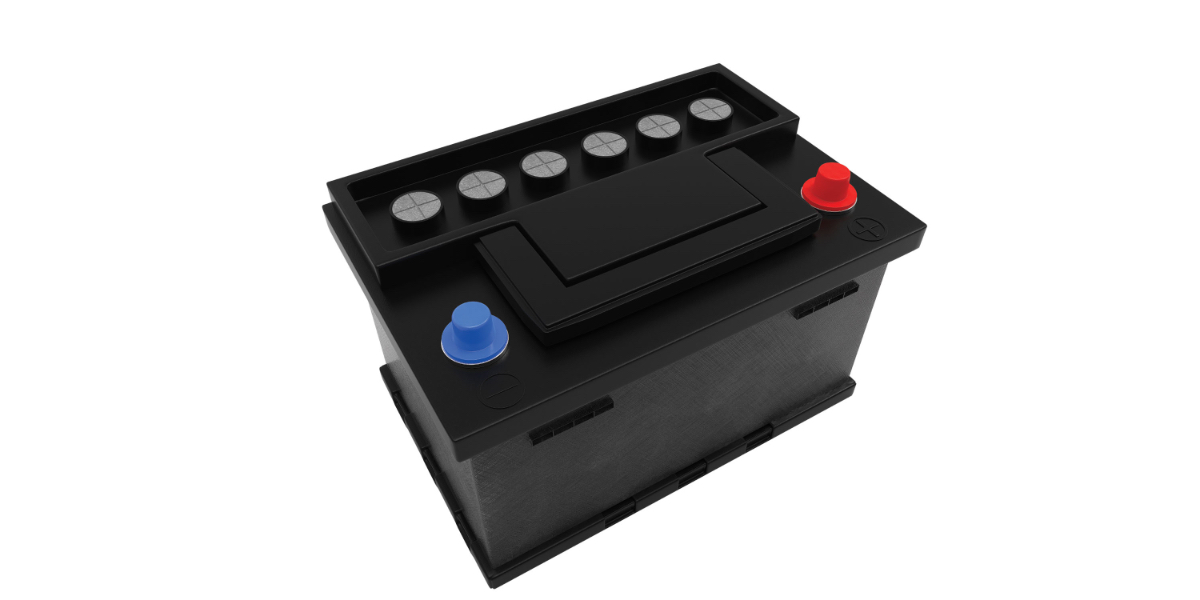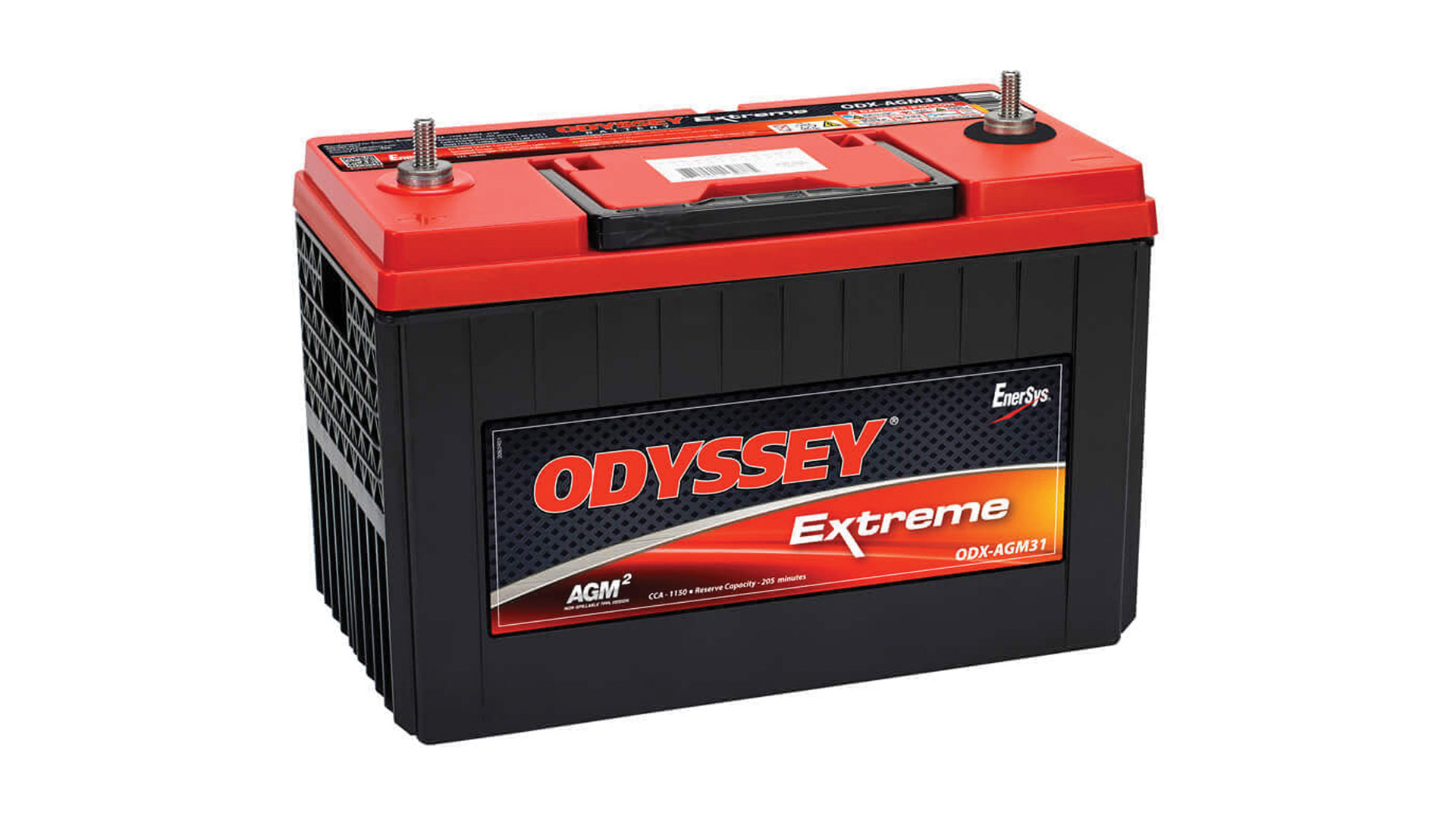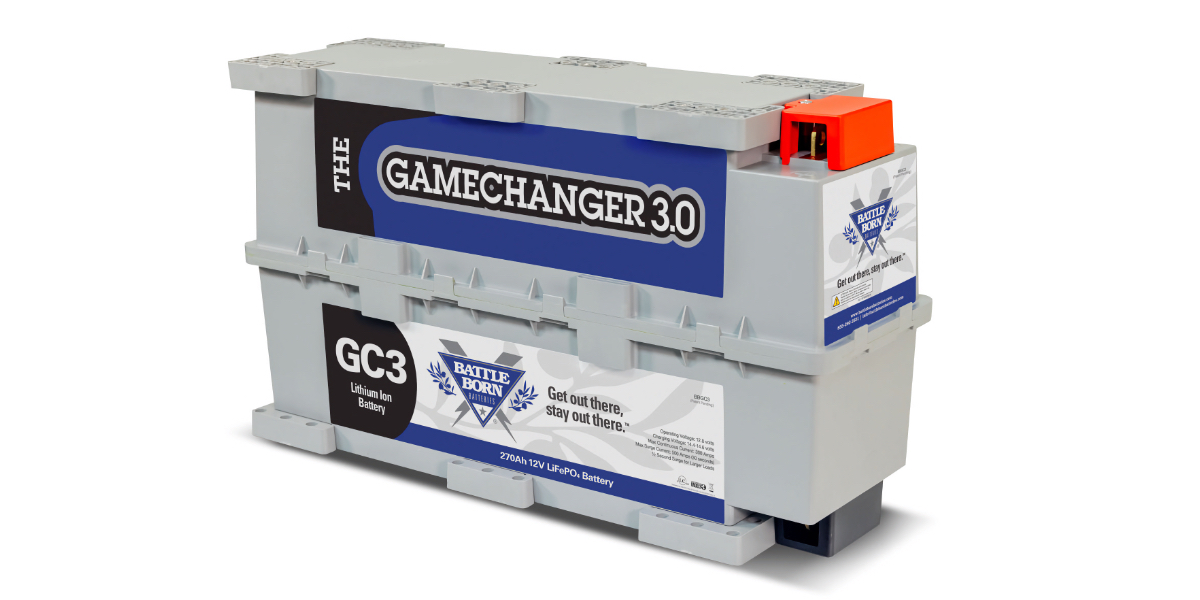While an increasing number of new RVs ship from the factory with solar panels, charge controllers, inverters, and lithium batteries as standard equipment these days, there are still plenty of rigs on the road that lack these features. Thankfully, there are also several aftermarket suppliers who offer compelling solutions, including a new option from the power specialists at Bluetti. The company has just launched its new Bluetti RVSolar 48V power systems, which promise to install in just 30 minutes and take all of the complexity out of a solar upgrade.
Designed to offer everything you need to add solar to an RV or boat, the Bluetti RVSolar packages are both modular and expandable. The 48V system offers up to 6kW of AC/DC power, allowing it to run 99% of all onboard appliances and electronics. Those include air conditioning, lights, water heaters, induction cooktops, and more. The kits are expandable up to 122kWh of storage and feature self-heating LFP batteries, allowing RVers to camp in a wide variety of conditions, including cold winter temperatures.
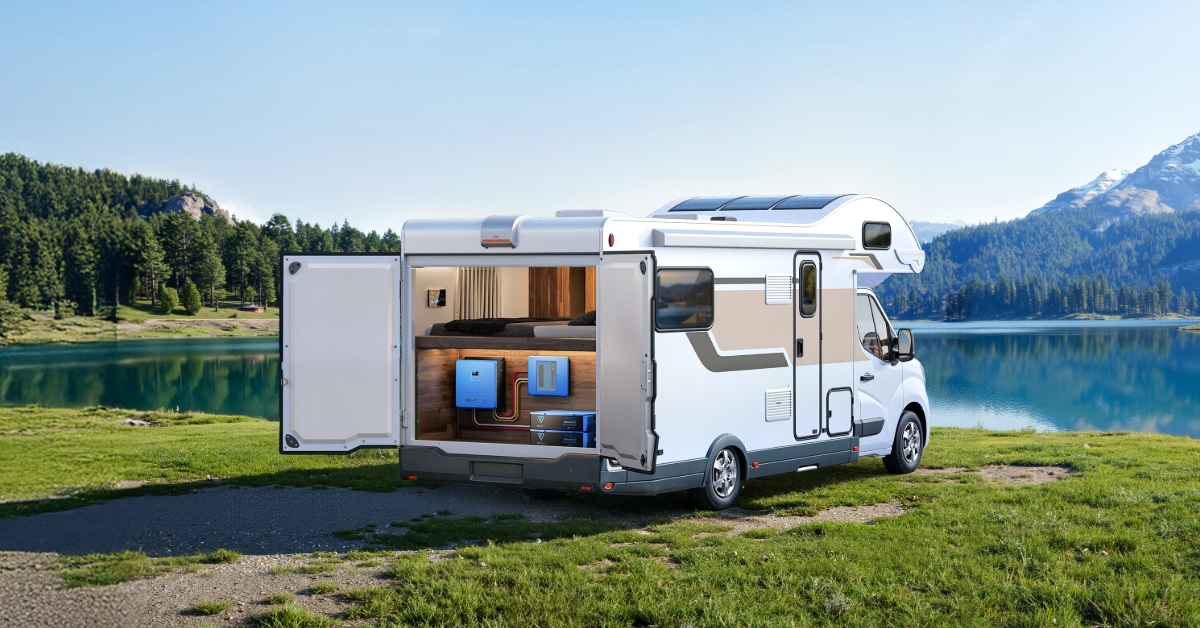
Photo Credit: Bluetti
Bluetti says simplicity and compatibility are what truly set the RVSolar packages apart from other aftermarket solutions. The systems adhere to the open communication protocol, which gives them wide compatibility with third-party components. This also gives DIYers more options to choose from when building out their own install and ensure the systems work with most existing parts. But it is Bluetti’s game-changing RV5 Power Hub that makes all of this possible. The 5-in-1 device serves as an inverter charger, an MPPT solar charger, an alternator charger, and a DC converter, while also offering onboard circuit protection. Owners simply install the hub, plug in the individual components, and the system automatically detects and configures each device while also monitoring the flow of current and voltage levels. To make things even easier, the entire kit comes pre-wired for simple plug-and-play installations.
Because the Bluetti RVSolar systems support open communications protocols, they are fully compatible with third-party batteries, solar panels, electrical panels, and other devices. This makes them an ideal choice for a first-time solar install or as an upgrade option for an existing solar package. Bluetti even offers several packages to choose from, starting with the base option that includes the RV5 Power Hub, a B4810 5kWh battery, and a plug-and-play wiring kit. Other packages add a smart electrical distribution panel and touch pad to control the system, and additional batteries. Pricing starts at $3,699, although substantial discounts are available to celebrate the launch of these new products. Each component is also available separately to allow for further customizations and upgrades over time.
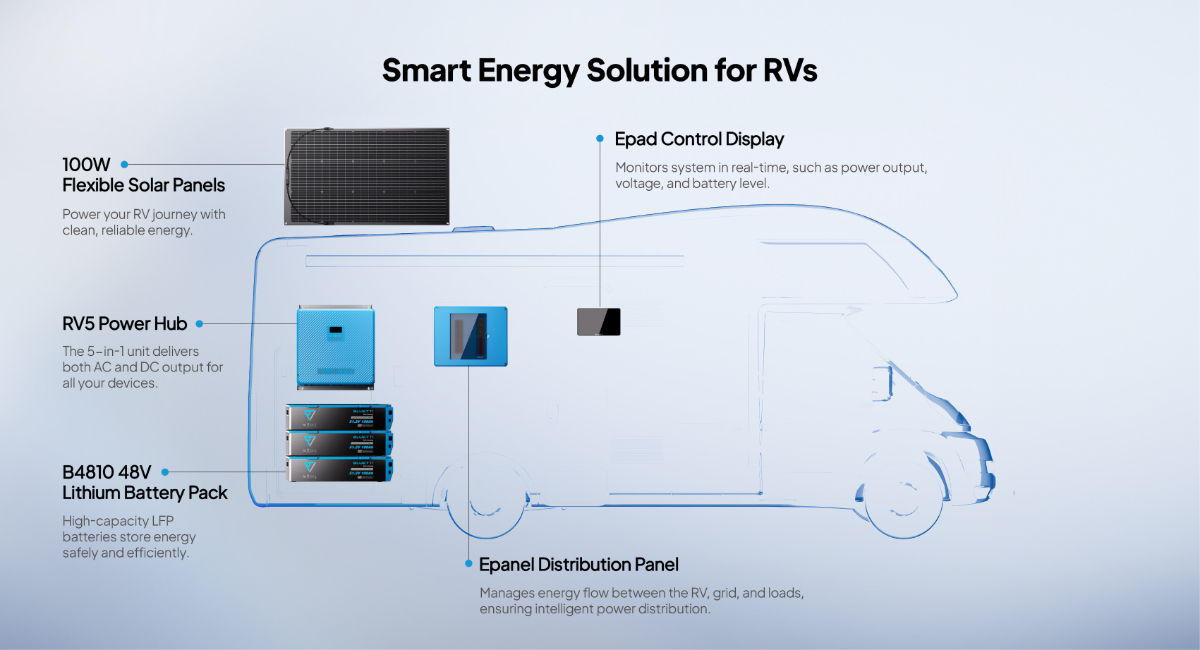
Photo Credit: Bluetti
The custom design of the RV5 Power Hub required some impressive engineering, but it sits at the heart of any Bluetti RVSolar power system. This device is what facilitates the quick and easy installs, which can take as little as 30 minutes depending on the number of components and the complexity of the layout. This is great news for DIYers looking to add or upgrade solar in their motorhomes and travel trailers, giving them a straightforward solution that is easy to install, even if you’re completely new to these kinds of projects.
For more information on the Bluetti RVSolar packages, which are available now, visit the company’s website.
The post Solar Upgrades Just Got a Lot Easier Thanks to the Bluetti RVSolar 48V Power System appeared first on RV.com.
